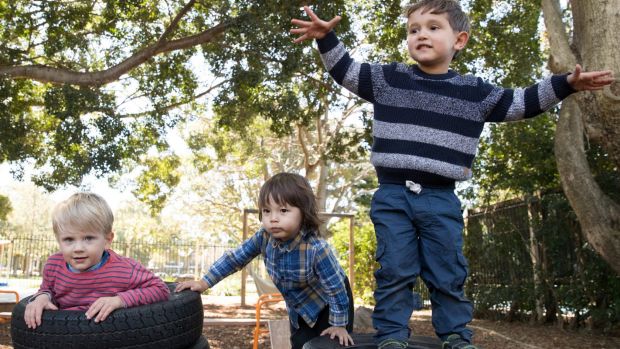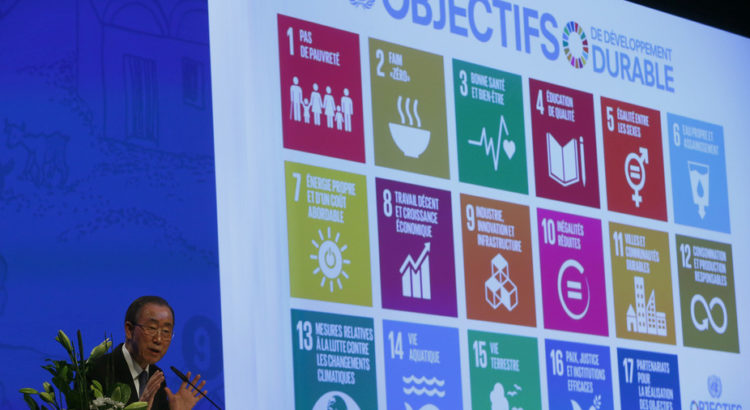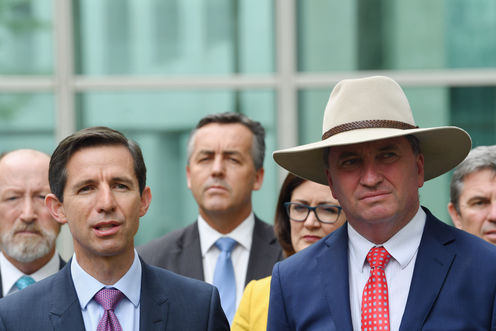Australia/14 septiembre 2017/Fuente: Huffingtonpost
Una niña de 11 años logró esta ley para las estudiantes de su estado.
Sofia Myhre, de tan solo 11 años, logró que el Departamento de Educación del estado de Australia Occidental le permitiera a las niñas de las escuelas públicas decidir si quieren usar pantalón, falda o shorts para asistir a clases.
Sofia, junto con su mamá, quien además representa en el estado a la organización Girl’s Uniform Agenda, le escribió a la ministra de Educación del estado de Australia Occidental, explicando que ella y sus amigas estaban muy inconformes con el uniforme puesto que al portar una falda no podían participar en ciertas actividades deportivas sin tener que preocuparse por su cuerpo.
«Creo que es muy injusto que mis hermanos hayan tenido el permiso de usar shorts, y yo en toda la primaria no he tenido oportunidad, excepto a la hora de deportes», escribió Sofia en la carta que envió al Departamento de Educación y a la que el periódico local WA Today tuvo acceso. «En verdad me encanta pegarle a la pelota, jugar voleibol y pararme de manos durante el recreo. Es muy molesto hacer estas cosas con una falda».
Luego de una reunión con la ministra de Educación, el estado autorizó que las niñas de las escuelas públicas utilizaran shorts y pantalones como parte del uniforme. Aunque esta norma no aplica para las escuelas privadas, varias de éstas también decidieron incluir shorts y pantalones como una opción adicional a la falda del uniforme.
Pero para la mamá de Sofia, Krystina Myhre, haber ganado una batalla no significa haber ganado la guerra y a través de la organización Girls Uniform Agenda, con presencia en distintas partes de Australia, buscan apoyar a las estudiantes que piden estos cambios en sus escuelas e implementar esta norma en todo el país.
Entre otras cosas, el movimiento argumenta que hoy en día ya no se espera que las mujeres utilicen faldas y vestidos como en la década de los 50 y que la imposición de estereotipos rígidos puede ser dañino tanto para los niños, como para las niñas. Además, la organización asegura que las escuelas podrían ser demandadas por no adoptar leyes antidiscriminatorias y que si las niñas tienen la opción de utilizar pantalones, cortos o largos, podrán enfocarse más en su educación y aprendizaje.
Fuente noticia: http://www.huffingtonpost.com.mx/2017/09/12/en-australia-las-ninas-podran-decidir-si-usan-falda-o-pantalon-para-ir-a-la-escuela_a_23206747/
Fuente imagen: https://cdn1.uvnimg.com/dims4/default/315fe50/2147483647/thumbnail/400×225/quality/75/?url=https%3A%2F%2Fcdn1.uvnimg.com%2Fa5%2Fae%2F4b81bd2b4af787feb1eff17204c3%2FThinkstockPhotos-78781700.jpg















 Users Today : 30
Users Today : 30 Total Users : 35460293
Total Users : 35460293 Views Today : 40
Views Today : 40 Total views : 3419008
Total views : 3419008